Devi: The Mother Goddess
In the enchanting tapestry of Hindu mythology, where gods and goddesses weave intricate stories of cosmic prowess, one figure reigns…
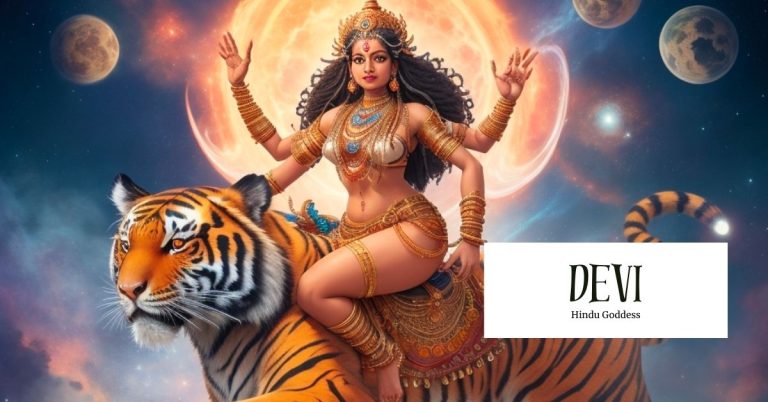
In the enchanting tapestry of Hindu mythology, where gods and goddesses weave intricate stories of cosmic prowess, one figure reigns…
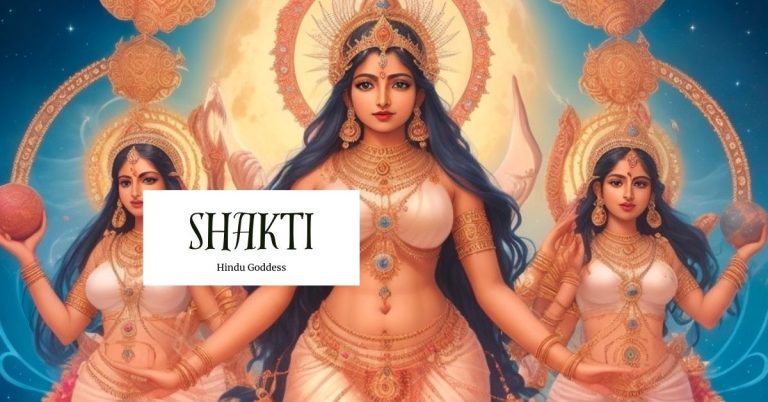
Shakti is a highly esteemed figure within the complex mythology of Hinduism, representing the divine feminine power that drives the…
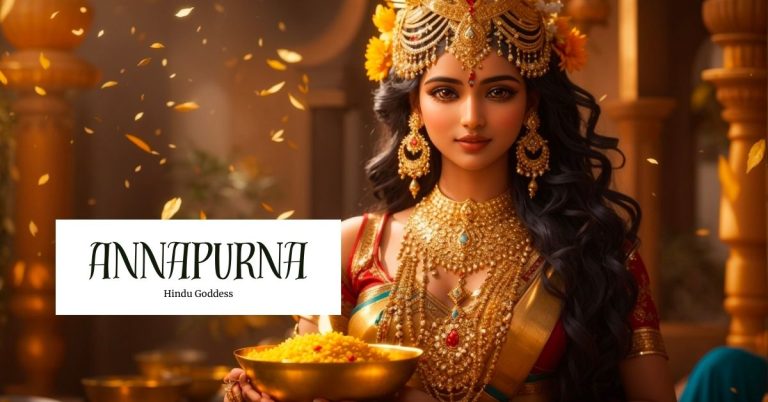
The pantheon of Hindu mythology is a rich tapestry of deities that hold significant positions, each representing different aspects of…
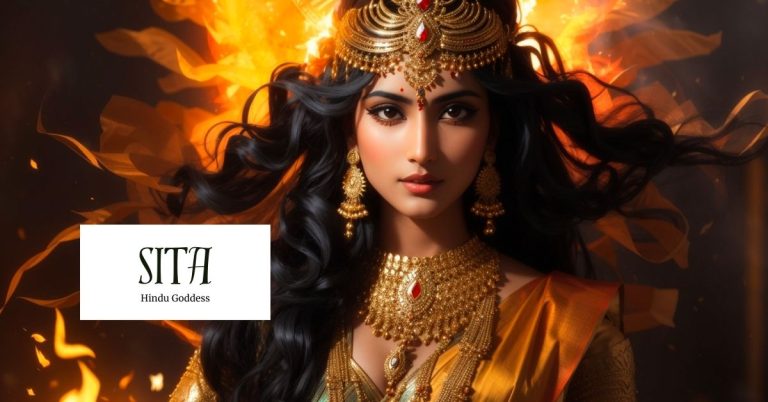
Sita, the Goddess of Courage and Purity, is a revered and iconic figure in Hindu mythology and the ancient epic…
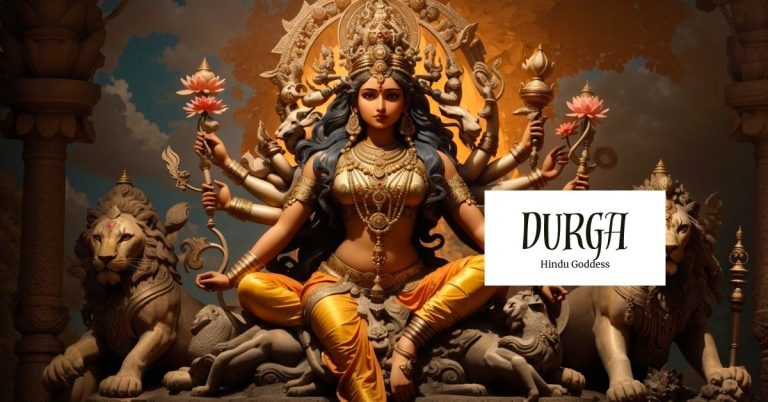
Durga, the Hindu goddess, is an awe-inspiring deity who embodies the essence of feminine strength and courage. In Indian mythology,…
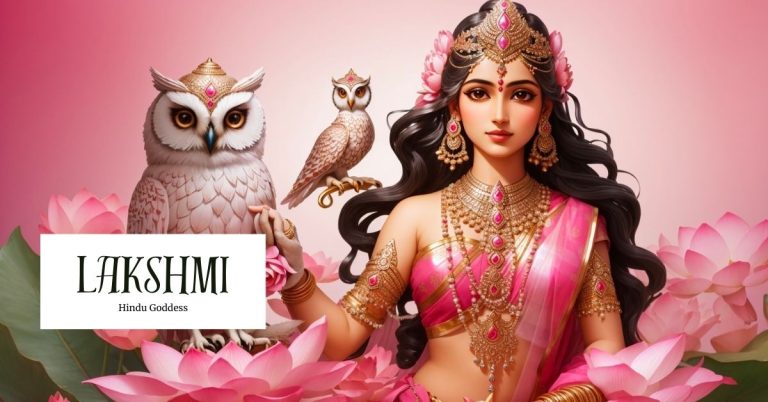
Lakshmi, the goddess of wealth, prosperity, and fortune, is a revered figure in Hindu mythology with immense significance to millions…
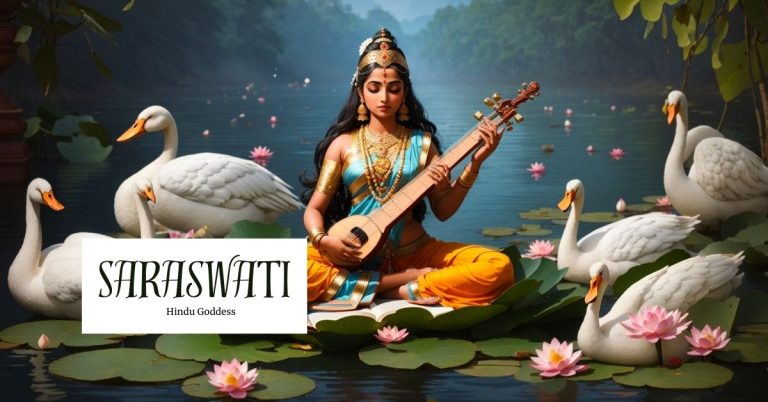
In Hinduism, Saraswati holds a position of high reverence and is the goddess of knowledge, arts, and wisdom. As an…

The illustrious pantheon of Hindu deities consists of many awe-inspiring figures; among them, Kali reigns supreme. This fierce goddess, also…
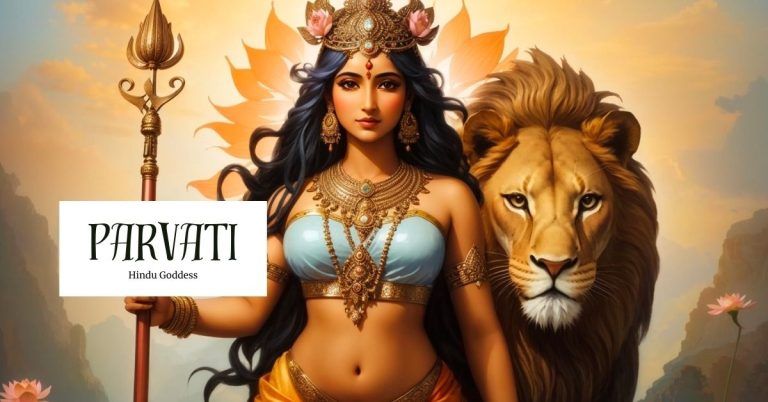
Parvati is an esteemed figure in Hindu mythology, known for embodying the essence of eternal energy and creative force that…
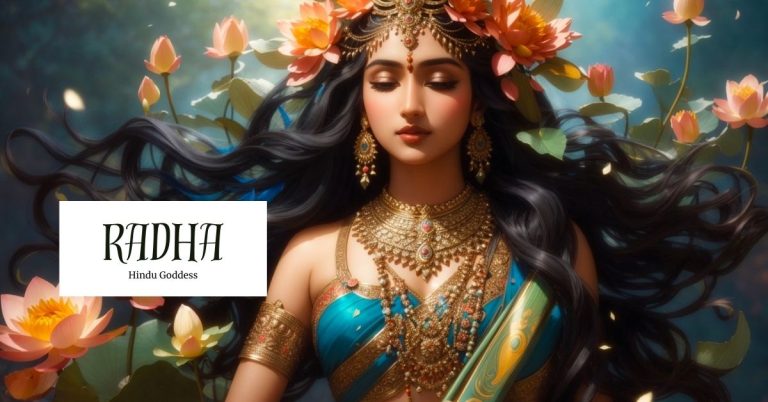
Radha is a prominent and revered Hindu goddess who holds a special place in the hearts of millions of devotees…